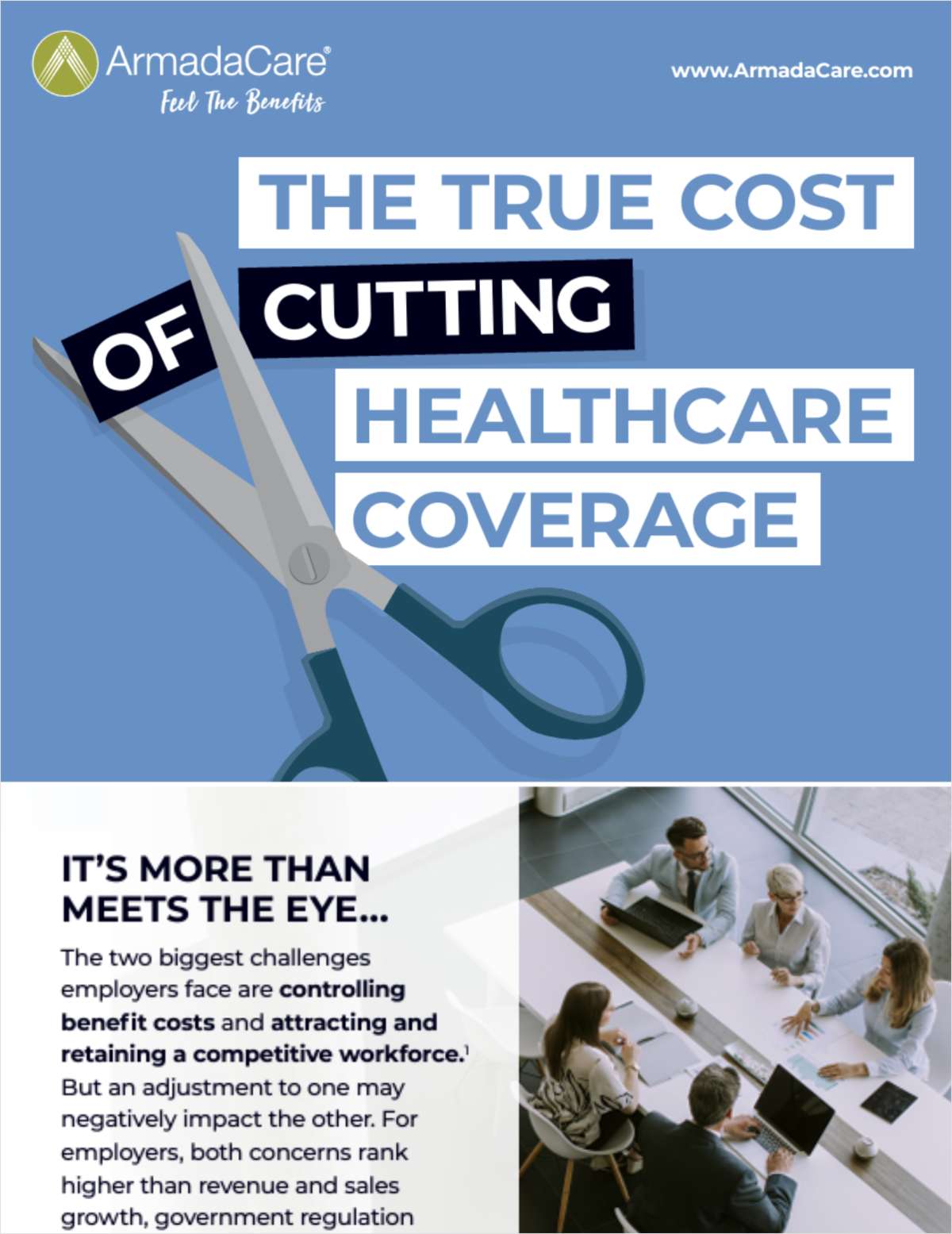Why would we ever think volatility – a statistic that contains components of both risk and return – should only be associated with risk? Recently, more and more professionals have caught on to this issue (see "A 401k Fiduciary Dilemma: The Risk of Using Volatility to Define Risk," FiduciaryNews.com, May 28, 2014) The problem with using volatility to define risk takes me back to my teenage years and my war with literary interpretation. Those who grew up in the era of anti-war literature and movies might recognize the significance of the metaphor revealed in this story.
Like many nerdy science types, I spent my high school days rebelling against English class. I despised reading anything but pure science (a youthful fault long overcome). The hatred of any and all works of fiction rose to such a level that in 10th grade I convinced a dozen or so of my classmates to simply refuse to read a novel and write a report on it. The teacher countered with a refusal of his own – he refused to give us a passing grade unless we completed the assignment. At least that was his initial response. Upon reflection, he decided to give us a choice: Either we read a novel and write a report on it, or we write our own novel.
The onus of writing an opus overwhelmed my peers, and they chose to merely report on someone else's work. I, on the other hand, possessed (and continue to possess) a head of such rock-headed stubbornness that I considered my teacher's directive not the false choice it was intended to be, but a command to write my own novel.
Continue Reading for Free
Register and gain access to:
- Breaking benefits news and analysis, on-site and via our newsletters and custom alerts
- Educational webcasts, white papers, and ebooks from industry thought leaders
- Critical converage of the property casualty insurance and financial advisory markets on our other ALM sites, PropertyCasualty360 and ThinkAdvisor
Already have an account? Sign In Now
© 2024 ALM Global, LLC, All Rights Reserved. Request academic re-use from www.copyright.com. All other uses, submit a request to [email protected]. For more information visit Asset & Logo Licensing.








